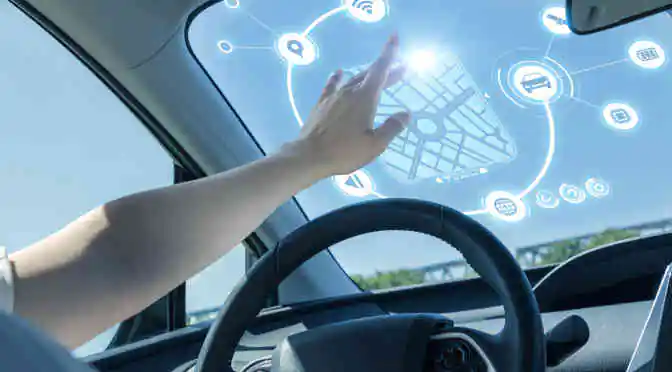Fortune reported earlier this week that researchers are using facial recognition software for a truly novel purpose—to differentiate whales under observation in the wild.
And while this application for biometrics is certainly innovative, it shouldn’t come as a surprise that facial recognition is being used outside its original purview. After all, as soon as a new technology appears, there are always those who look to push the envelope to extend its usability.
Biometrics—specifically facial recognition—is no different. The global facial recognition market is expected to grow at a CAGR of 23.74% from 2015-2020, eventually reaching a market value of $5.38 billion by 2020. This growth is due in large part to innovations and additions to the original technology.
Trends to watch in facial recognition:
Shift from 2D to 3D
Like a lot of early biometrics, 2D facial recognition had its disadvantages; poor illumination and variations in posture and facial expression could all impact the accuracy of a reading.
3D facial recognition is more accurate since it provides enhanced details of an individual’s face with sensors that project structured light. Vendors are expected to start shifting towards the new, more accurate technology over the forecast period.
Emergence of facial analytics
Remember that scene in Minority Report? The one where Tom Cruise’s location is nearly given away by personalized advertising in a shopping mall? That’s not so far off. The actual scene was based on retinal scans, but facial analytics will have similar results.
This breed of analytics enhances facial recognition by identifying an individual’s attributes, including scars, nose length, and expression, and can even estimate an individual’s age and gender.
While the obvious application here is security, a lot of companies are turning to facial analytics for marketing. It’s used in the retail sector to identify an individual and track their purchases, buying habits, age, gender, and even credit information. This helps retailers update customers with special offers based on their previous purchases.
And this isn’t a hypothetical “retailers could do this in the future” kind of scenario. Sightcorp, a spin-off from the Intelligent Systems Lab at the University of Amsterdam, provides facial analytics solutions to retailers like Cameleon, to help them track individuals inside a store in real time and understand their profiles and buying behavior by estimating their age and gender.
Facial biometrics in smart cards
Smart cards connect to a reader through physical contact or with a remote contactless radio frequency interface. The implementation of biometrics-based identification in smart cards, which is a combination of a live scanner and a stored facial template on a smart card (like an ID card, passport, driving license, social security card, or medical and insurance cards), enhances security and is seeing high uptake in government organizations.




